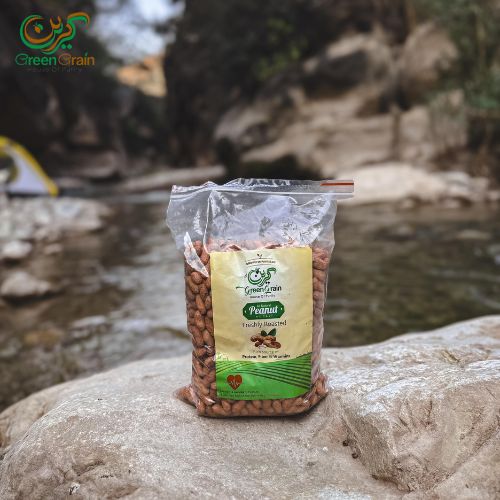Every great loaf has a sourdough starter at its heart, but sustaining that starter can be a daunting task for beginners. If your starter isn’t bubbling, rising or smelling pleasantly tangy, you may be making one (or more) of these common mistakes. But don’t worry! Read on for solutions to revive your starter.
1. Using the Wrong Flour
The Problem:
Not all flours are equal for sourdough starters. Bleached white flour doesn’t contain enzymes needed for the fermentation
The Fix:
Choose organic, unbleached flour, such as whole wheat, high extraction flour bakers flour. These offer the ideal setting for a vigorous, lively starter.
2. Using Tap Water with Chlorine
The Problem:
Chlorinated water kills beneficial bacteria and wild yeast found in your starter.
The Fix:
Filtered, dechlorinated, or spring water. If you have only tap water, leave it out overnight to allow the chlorine to dissipate.
3. Keeping It in the Wrong Temperature
The Problem:
You want the starter to be a couple of degrees in higher temperature than the ambient temperature of the kitchen (optimal range for yeast growth is between 21-27°C / 70-80°F). If the temperature is too cold, fermentation slows down. Too warm, and the lactobacillus can die out.
The Fix:
Don’t forget to keep your starter in a warm, draft-free place such as a turned-off oven with the light on or next to a warm appliance.
4. Using a Sealed Lid
The Problem:
The sourdough starter requires air in order to ferment. If it’s closed too tightly, it can suffocate or possibly explode from gas buildup.
The Fix:
Use something breathable, like a cloth or coffee filter, or a loose lid, to cover your jar and keep out contaminants, but still allow air—carbon dioxide builds up in fermentation.
5. Neglecting It for Too Long
The Problem:
Forget about feeding your starter for too many days (especially at room temperature) and it can take on a dark liquid on top (hooch), or, even worse, mold.
The Fix:
If there’s hooch, stir it in or pour it off and feed your starter right away. If there’s mold, you’re going to have to start from scratch.
6. Overfeeding Your Starter
The Problem:
Yes, underfeeding is a serious problem but so is overfeeding! Adding more flour and water too frequently dilutes the overall yeast count and leads to a weak starter.
The Fix:
Feed only when your starter is hungry — when it has doubled, and is slightly deflating. Stick to a balanced schedule.
7. Judging by Appearance Alone
The Problem:
Tonic is the secret ingredient: some inexperienced bakers abandon their starters prematurely because they aren’t bubbling vigorously after a couple of days.
The Fix:
In the initial phases, smell and texture take precedence over bubbles. A good starter will smell a bit tangy, yeasty or fruity. Our Sourdough Starter Course will show you what to look for so you can trust the process and give it time!
8. Giving Up Too Soon
The Problem:
In fact, many home brewers think their starter has failed when all it needs is a little more time, or a little adjustment.
The Fix:
Patience is key! It takes a sourdough starter anywhere from 8 to 14 days to develop fully.
Bonus: Fast-Track Your Success with Our Free Sourdough Starter Course!
If you’ve been trying and failing to make or keep a sourdough starter, here’s the perfect solution. Here’s how The Sourdough Science Academy free sourdough starter course will help you:
✅ Unravel the process with straightforward steps. ✅ Feed schedules that improve efficiency to save time ✅ Learn what not to do so your starter flourishes. ✅ You have an understanding of fermentation and know how to adjust for your environment. ✅ Make an individual starter suited for your baking.
If you are new to baking or a more experienced baker needing to fix some problems, this course is for you.
Why a Healthy Starter Matters
For a lot of great-tasting, easy-to-digest bread, you need to have a vigorous, well-maintained sourdough starter. The Sourdough Science Academy is all about how naturally fermented bread decreases gluten intolerance and improves gut health. We seek to teach and enable people to make better tasting, better for you sourdough at home.
So if you’ve had a hard time keeping your starter alive, don’t worry—you’re in good company! Put these fixes into practice, be consistent and enroll yourself in our free course to finally master the art of sourdough baking.
You can head over to The Sourdough Science Academy and begin your sourdough journey today with confidence!

